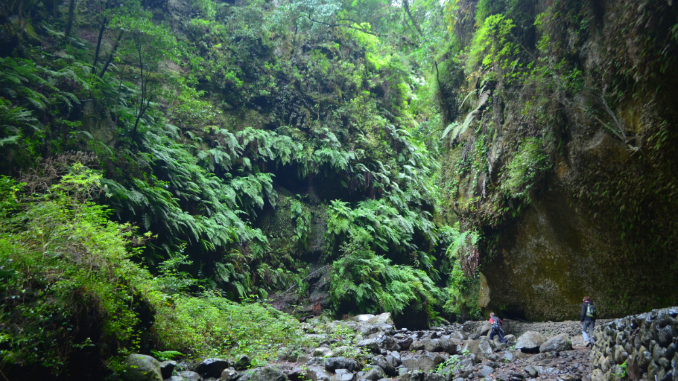Geographically speaking Gran Canaria sits in the centre of the Canarian Archipelago and contains some of the best elements of its eastern and western neighbours. Known predominantly as a winter holiday resort, the island has a Pandora’s box of surprises to spring on those who take the time to move away from its beaches.
Gran Canaria Overview
A splendid, island amalgam of buzzing capital city, sun soaked southern tourist resorts and spectacular rural hinterland of ancient forests, glistening reservoirs and rugged peaks, Gran Canaria is more or less circular in shape, rising to its highest point of 1949 metres above sea level at Pico de Las Nieves.
The oldest and largest of the Canarian port cities with a charismatic old quarter in La Vegueta, Las Palmas de Gran Canaria was once the shipping crossroads between Europe and the New World. Today the shared capital of the Canary Islands has a European city feel, a vibrant South American beach vibe and a thriving restaurant, music and art scene.
In mass tourism terms Gran Canaria runs a close second to its political rival Tenerife, with Maspalomas, Playa del Inglés, Mogán and Puerto Rico hugging the south and west of its 236 kilometres of coastline, soaking up the sunshine and the hordes of annual holidaymakers for whom the island is a classic sun, sea and sand winter getaway.
Away from the capital and the resorts of the south, Gran Canaria’s interior is a volcanic adventure playground for hikers where trails meander through red-earthed pine forests coating the backs of mountain ranges riddled with the ancient cave dwellings of the islanders’ forefathers and beneath wind eroded peaks silhouetted against a cobalt sky.
Those who choose to give the high rise holiday hotels a wide berth will find former Colonial mansions, grain houses, vineyards and country estates which have been converted into beautiful rural hotels and houses, each with its unique character and style.
Buzz Trips Opinion
In many ways Gran Canaria is the perfect Canary Island. Combining the greenery of the western isles of Tenerife, La Palma, La Gomera and El Hierro with the natural beaches and sunshine hours of the eastern isles of Lanzarote and Fuerteventura. Its tourist resorts have taken less toll on its reputation and coastline than they have on some of its neighbours; its rural heart is spectacularly unspoiled and its people are warm and welcoming.
Aware of the fragility of modern tourism, Gran Canaria isn’t resting on its sunshine laurels, instead it’s investing in eco-tourism, honing its gastronomic skills, preserving and promoting its natural heritage and coming to terms with the demands of a techno-savvy tourism market.






14 Trackbacks / Pingbacks